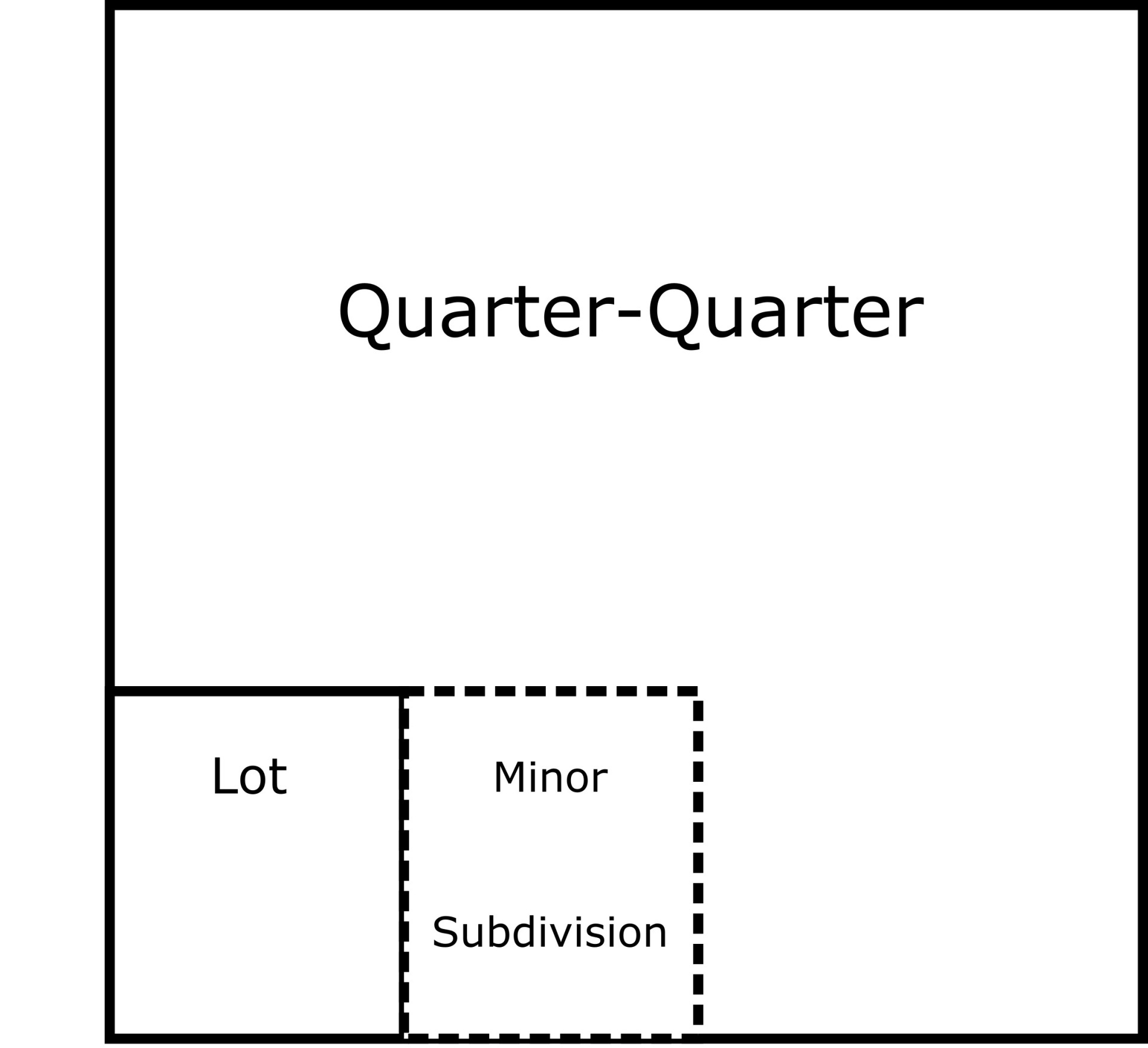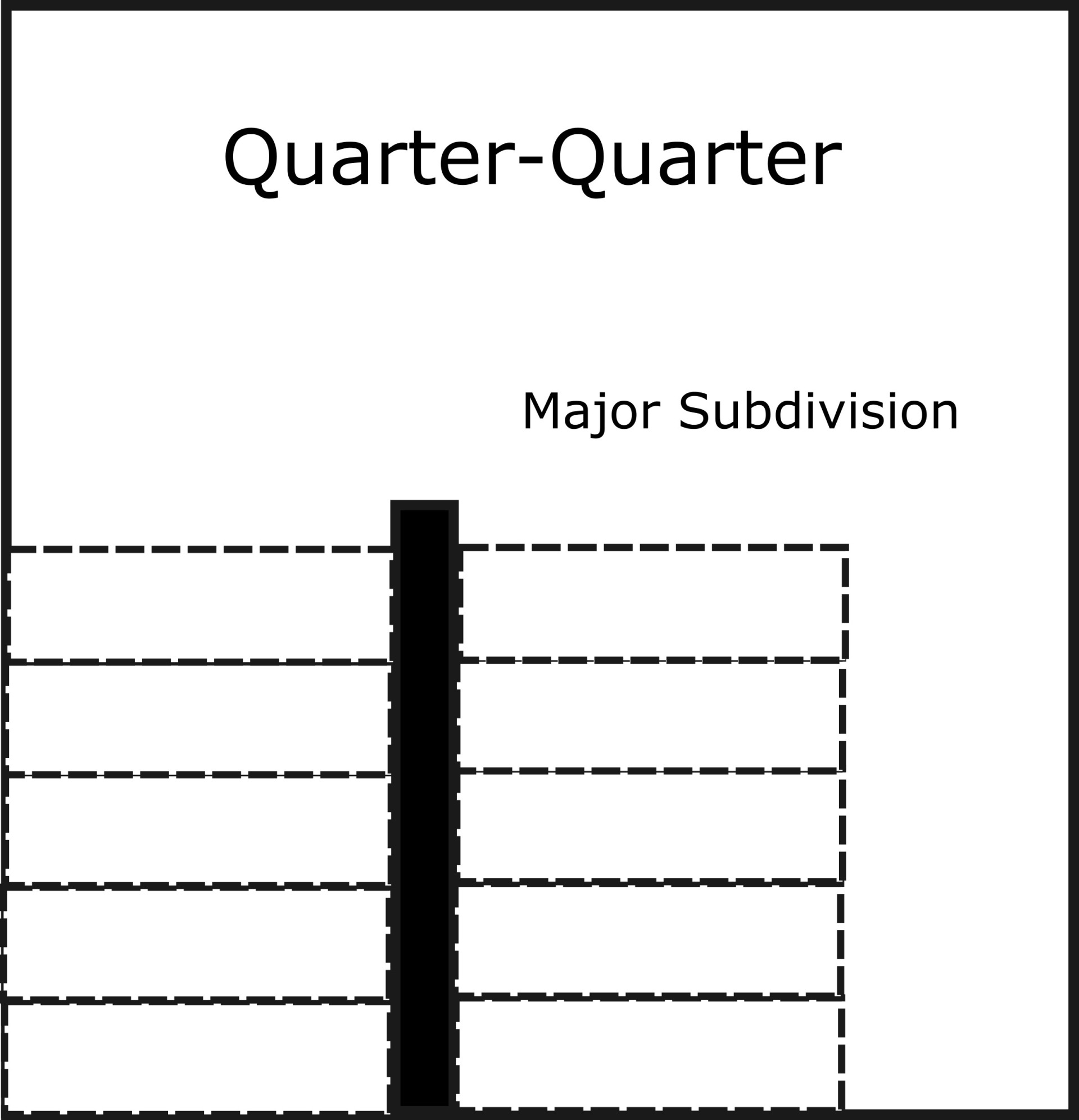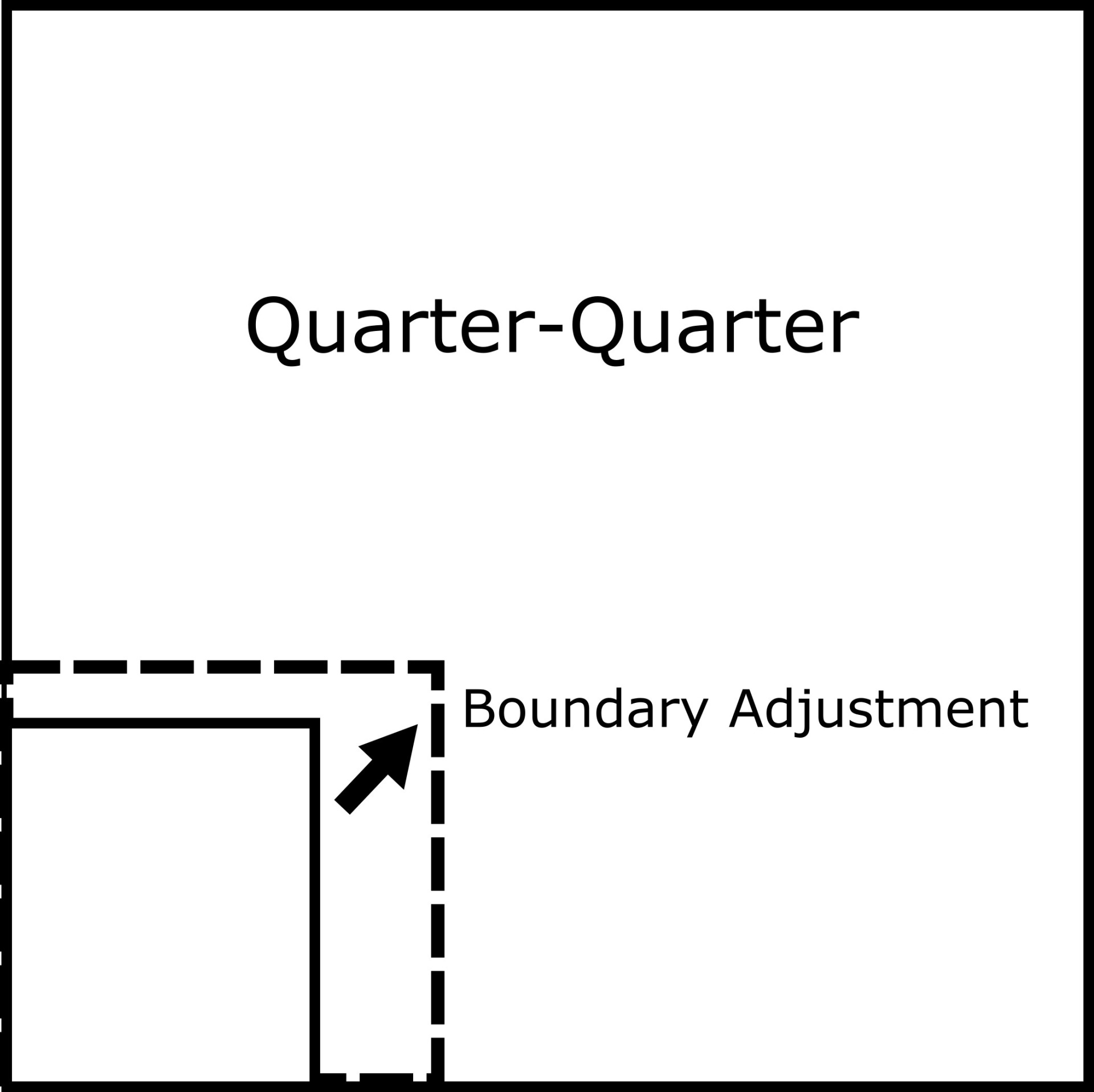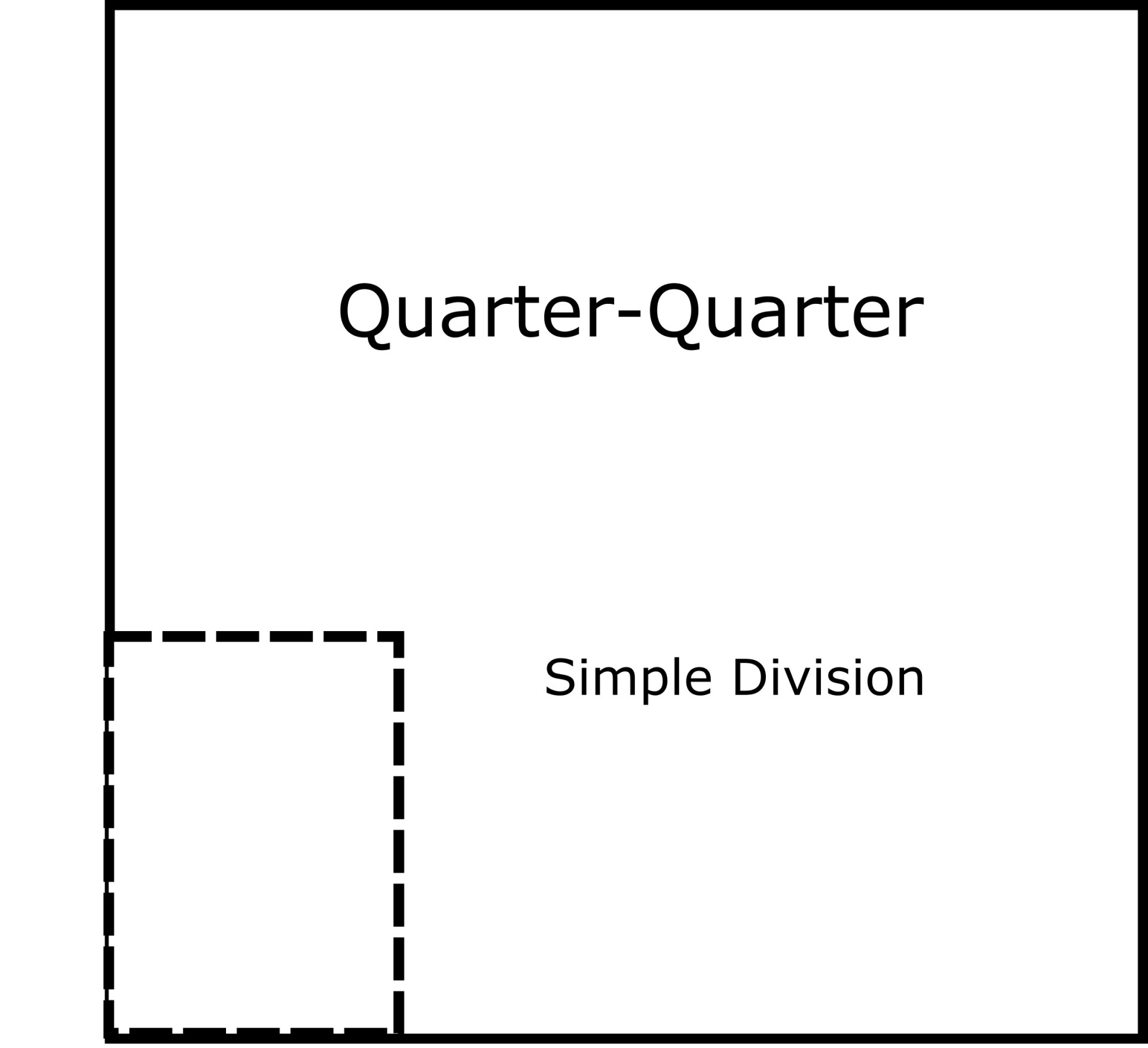Land Division

TYPES OF LAND DIVISION
MINOR SUBDIVISION
- A subdivision plat that has three or more lots in which no construction of public improvements is required is considered to be a minor subdivision. A subdivision which requires public improvements or grading may be classified as a minor subdivision by the Zoning Director based upon a finding that the public improvement or grading requirements are also so minor in scale that no public interest would be served by submittal, review and approval of a preliminary plat.
- The subdivider is not required to submit a preliminary plat; however, if, during, the review of the final plat the county staff, the Planning and Zoning Commission or the Board of Supervisors determines a need for more information, submission of specific material that would have been a part of a preliminary plat may be required.
- Resources:
MAJOR SUBDIVISION
- A subdivision plat that is not a minor subdivision because it requires construction of public improvements is considered to be a major subdivision.
- The subdivider shall comply with the submittal and review requirements for both preliminary and final plats.
- A final plat that conforms to an approved preliminary plat does not require review and approval by the Planning and Zoning Commission.
- Resources:
BOUNDARY ADJUSTMENT
- A division of a parcel to allow all or a portion of the parcel to be incorporated into one or more abutting parcels is a boundary adjustment if:
- Any new parcel created as a result of a boundary adjustment is incorporated with an abutting parcel into a unified parcel except that one new parcel may remain if it conforms to the dimensional standards for a lot in the zoning district.
- The total number of parcels at the conclusion of a boundary adjustment does not exceed the number of parcels prior to the boundary adjustment.
- No review or approval process by the Planning and Zoning Commission or the Board of Supervisors are required for a boundary adjustment.
- Resources:
SIMPLE DIVISION
- A division of a lot, or tract into two parcels for which no construction of public improvements is required is a simple division.
- Simple divisions may have an administrative review by county departments to determine if the parcels in the division have adequate public facilities for the intended use of the property and that the division otherwise is in compliance with all county code requirements.
- If the administrative review of the plat of survey or other evidence of a division of land determines that the division requires provision of public facilities or otherwise is not in compliance with all county code requirements, the owner shall be informed that the division is in violation of county standards and that no development permits will be issued until a subdivision plat has been prepared, reviewed, approved and recorded pursuant to this chapter.
- Resources:
AUDITOR’S PLAT
- An auditor’s plat is a plat required by the County Auditor in accordance the pro-
visions of sections 354.13 through 354.17 of the Code of Iowa because either:- An existing subdivision plat or plat of survey was not in compliance with the requirements of sections 354.4 and 354.6 of the Code of Iowa; or
- The descriptions of one or more parcels within a tract are not sufficiently certain and accurate for the purpose of assessment and taxation.
- The County Auditor may submit an auditor’s plat for review and approval. If the auditor’s plat is found to comply with the standards for surveys in the Chapter 355 of the Code of Iowa, it shall be approved pursuant to Section 354.15 of the Code; however, the approval may reserve the county’s right to deny issuance of any permits or certificates if the auditor’s plat does not conform with the standards of this chapter for subdivisions including adequate public improvements required to serve developed property.
- Resources:



 Stay Connected with Our County
Stay Connected with Our County